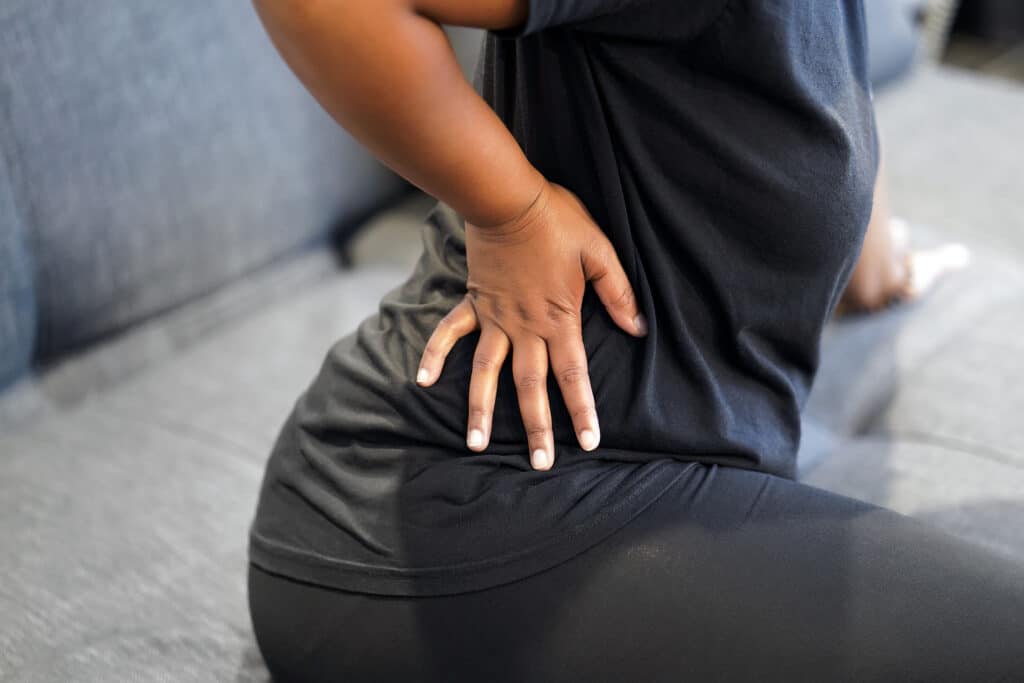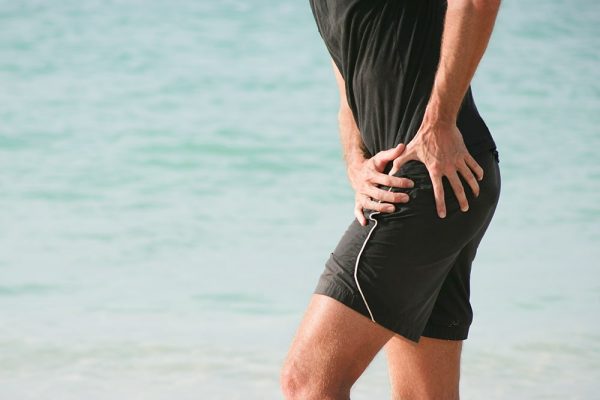
Greater trochanteric pain syndrome (GTPS) is a common condition that affects the hip area. It causes pain in the outer part of the thigh and can be triggered by various factors. As a client, it is essential to understand what causes GTPS and how to manage it effectively. In this article, we will discuss some of the common triggers of GTPS and how physiotherapists and chiropractors can help you overcome this condition.
Overuse
One of the primary triggers of GTPS is overuse or repetitive strain injury. This occurs when you engage in activities that place excessive stress on your hip joint, causing inflammation and pain. Some of the common activities that can cause overuse injuries include running, jumping, cycling, or standing for long periods. If you are experiencing GTPS due to overuse, it is recommended that you rest your affected hip joint for some time to allow it to heal properly.
Trauma
Another trigger of GTPS is trauma or injury to the hip joint. This can result from falls or accidents that cause direct impact on the hip area. Trauma can cause damage to the muscles, tendons, ligaments, or bones around your hip joint leading to pain and discomfort. If you experience any trauma around your hip area or have been involved in an accident recently, consult with a healthcare professional immediately.
Poor posture
Poor posture is another factor that can lead to GTPS. When you sit or stand with incorrect posture for extended periods, it puts additional stress on your hips leading to muscle imbalances and pain in the outer thigh region. A physiotherapist or chiropractor can help you identify any postural issues and provide exercises that will help rectify them.
Obesity
Obesity is a significant risk factor for GTPS. The excess weight places additional stress on your hips, leading to inflammation and pain. Losing weight through diet and exercise can help reduce the load on your hip joints and improve your overall health.
Tight muscles
Tightness in the muscles around the hip joint can also lead to GTPS. This occurs when the muscles become stiff due to lack of use or overuse, leading to pain and discomfort. A physiotherapist or chiropractor can provide you with stretching exercises that will help alleviate muscle tightness and improve your mobility.
Greater trochanteric pain syndrome can be triggered by various factors, including overuse, trauma, poor posture, obesity, and tight muscles. There are also other factors like food that trigger GTPS, that is why it is important to get help from a healthcare professional. As a client, it is essential to understand what causes GTPS and seek professional help from a physiotherapist or chiropractor to manage this condition effectively. By identifying any underlying triggers of GTPS and working with a healthcare professional to develop a treatment plan that suits your unique needs, you can overcome this condition and live life free from hip pain!




